Home>Maintenance & Safety>Pest Control Solutions>How To Keep Away Yellow Jackets
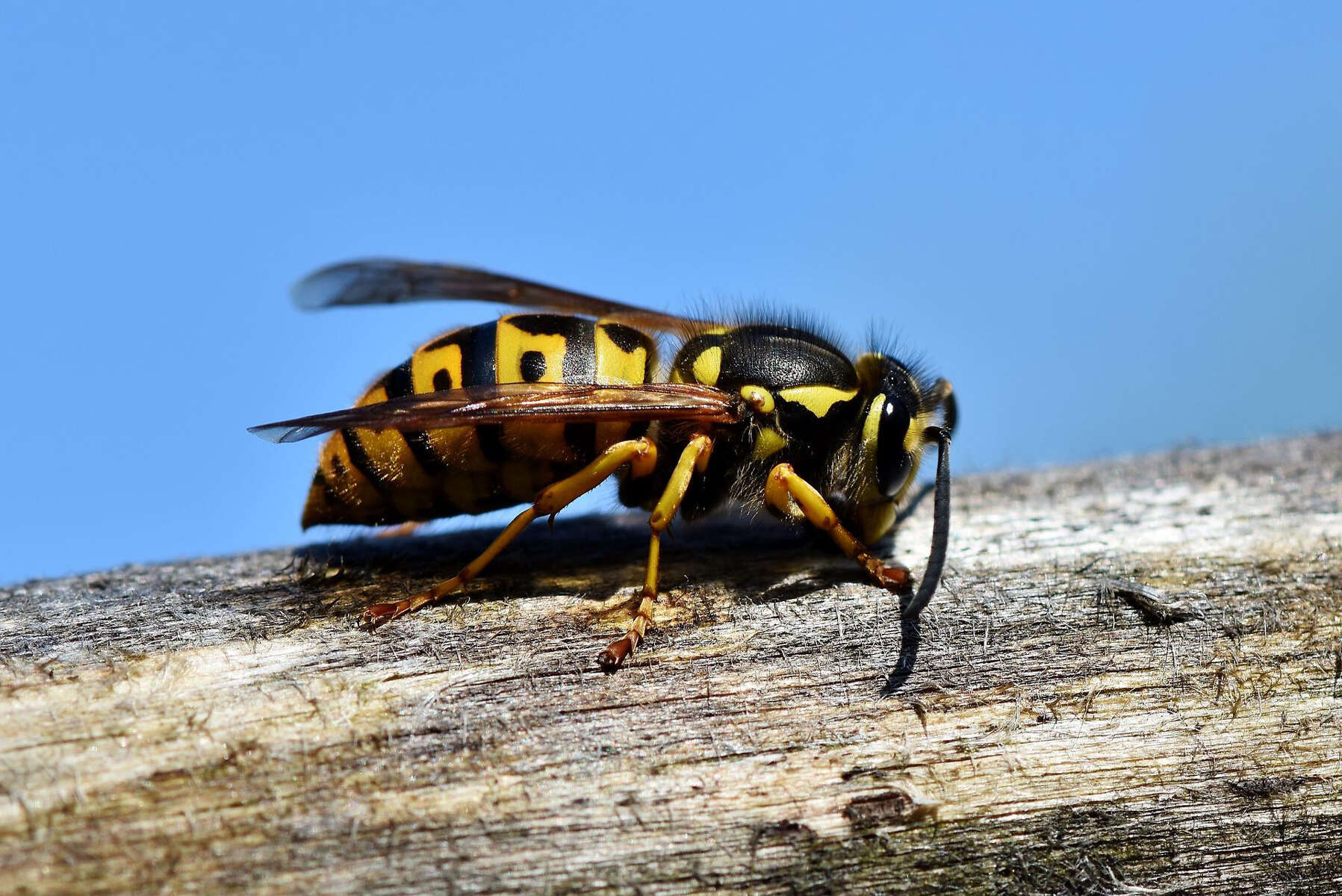

Pest Control Solutions
How To Keep Away Yellow Jackets
Modified: March 2, 2024
Learn effective pest control solutions to keep yellow jackets away from your home. Discover expert tips and techniques to prevent yellow jacket infestations. Protect your family and property with our proven strategies.
(Many of the links in this article redirect to a specific reviewed product. Your purchase of these products through affiliate links helps to generate commission for Storables.com, at no extra cost. Learn more)
Introduction
Yellow jackets are among the most common and aggressive stinging insects that can disrupt outdoor activities and pose a threat to those with allergies. These pests are known for their distinctive yellow and black markings, and their painful stings can quickly turn a pleasant outdoor experience into a painful ordeal. Understanding how to keep yellow jackets away is essential for maintaining a safe and enjoyable environment in your home or outdoor spaces.
In this comprehensive guide, we will explore various strategies to deter and control yellow jackets, ranging from natural methods to professional pest control options. By gaining a deeper understanding of these pests and the most effective ways to manage them, you can safeguard your surroundings and prevent potential stings and disturbances.
Whether you're planning a picnic, tending to your garden, or simply enjoying the outdoors, the presence of yellow jackets can quickly escalate into a nuisance. By implementing the strategies outlined in this guide, you can take proactive measures to keep these pests at bay and create a more peaceful and secure environment for yourself, your family, and your guests.
Throughout this article, we will delve into the behavior and habits of yellow jackets, providing insights into their nesting patterns and preferred environments. By understanding their tendencies, you can effectively identify potential nesting sites and take appropriate measures to prevent infestations. Additionally, we will explore natural remedies and DIY traps that can serve as effective deterrents, offering environmentally friendly solutions for managing yellow jacket populations.
Furthermore, we will discuss professional pest control options, including the expertise and resources offered by pest management professionals. By considering these specialized services, you can gain valuable assistance in addressing severe infestations and implementing long-term prevention strategies.
With a combination of knowledge, proactive measures, and strategic interventions, you can significantly reduce the presence of yellow jackets and minimize the associated risks. By taking a proactive stance in managing these pests, you can create a safer and more enjoyable outdoor environment for yourself and those around you.
Key Takeaways:
- Keep yellow jackets away by planting mint, lemongrass, and citronella to repel them naturally. Avoid sweet scents and use decoy nests to deter them from nesting in your outdoor spaces.
- Use bottle traps and commercial traps to capture and remove yellow jackets. Consider professional pest control for severe infestations and long-term prevention.
Read more: How To Keep Wasps And Yellow Jackets Away
Understanding Yellow Jackets
Yellow jackets, scientifically known as Vespula and Dolichovespula, are a species of predatory wasps that belong to the family Vespidae. These insects are widely recognized for their distinctive yellow and black markings, which serve as a warning to potential predators. Known for their aggressive nature, yellow jackets are capable of delivering painful stings, making them a source of concern for individuals who are allergic to their venom.
These social insects typically live in colonies, with each colony consisting of a queen, workers, and drones. The queen is responsible for laying eggs and initiating the growth of the colony, while the workers are tasked with foraging for food, expanding the nest, and protecting the queen and larvae. Drones, on the other hand, are male yellow jackets whose primary role is to mate with the queen.
Yellow jackets are opportunistic feeders, consuming a varied diet that includes insects, fruits, and other sweet substances. This dietary flexibility often leads them to scavenge for food near human habitation, increasing the likelihood of encounters with people. Additionally, yellow jackets are known for their territorial behavior, aggressively defending their nests and surrounding areas from perceived threats.
Nesting habits vary among different species of yellow jackets, with some constructing underground nests while others build aerial nests in trees, shrubs, or man-made structures. These nests are typically constructed from paper-like material, which the yellow jackets produce by chewing wood fibers and mixing them with saliva. The result is a durable and protective structure that serves as the central hub for the colony's activities.
Understanding the behavior and nesting preferences of yellow jackets is crucial for effectively managing and preventing encounters with these stinging insects. By recognizing their habits and tendencies, individuals can identify potential nesting sites and take proactive measures to minimize the risk of infestations. This knowledge also informs the development of targeted strategies for deterring and controlling yellow jacket populations, ultimately contributing to a safer and more secure outdoor environment.
Identifying Yellow Jacket Nests
Identifying yellow jacket nests is a crucial step in effectively managing and preventing encounters with these stinging insects. Understanding the characteristics and locations of their nests enables individuals to take proactive measures to minimize the risk of infestations and potential confrontations. Yellow jackets exhibit diverse nesting behaviors, constructing their colonies in various locations, each with distinct features and considerations for identification.
Underground Nests
Yellow jackets often establish their nests underground, utilizing abandoned rodent burrows, hollows beneath tree roots, or other subterranean cavities. These concealed locations provide protection and insulation for the colony, making the nests challenging to detect. Signs of underground yellow jacket nests include a steady stream of insect traffic entering and exiting a particular area, often near the base of a tree, along a fence line, or within grassy areas. Additionally, noticeable patches of disturbed soil or small openings leading into the ground may indicate the presence of a subterranean nest.
Aerial Nests
Some species of yellow jackets opt for aerial nesting sites, constructing their colonies in trees, shrubs, or man-made structures. These nests are characterized by their papery appearance, resembling a rounded, inverted teardrop. Aerial nests are typically located in sheltered outdoor spaces, such as under eaves, within dense foliage, or in the branches of trees. The presence of yellow jacket activity around these areas, coupled with the sight of numerous wasps entering and exiting a specific spot, can signal the existence of an aerial nest.
Read more: How To Keep Yellow Jackets Away From Picnic
Wall Cavities and Structural Voids
In urban and suburban environments, yellow jackets may establish their nests within wall cavities, attics, or other structural voids of buildings. These concealed locations provide the necessary protection and seclusion for the colony to thrive. Signs of yellow jacket activity in these areas include wasps entering and exiting through gaps or cracks in the exterior of the building, as well as audible buzzing or rustling sounds emanating from within the walls or ceilings.
By familiarizing themselves with the distinctive characteristics and potential locations of yellow jacket nests, individuals can actively survey their surroundings and identify areas that may harbor these stinging insects. This knowledge serves as a foundation for implementing targeted prevention and control measures, ultimately contributing to a safer and more secure outdoor environment.
Natural Ways to Keep Yellow Jackets Away
Implementing natural deterrents is an effective and environmentally friendly approach to keep yellow jackets at bay. By leveraging the innate aversions and sensitivities of these stinging insects, individuals can create an inhospitable environment that discourages yellow jacket activity. From aromatic herbs to strategic landscaping, the following natural methods offer practical and sustainable solutions for deterring yellow jackets:
-
Aromatic Herbs and Plants: Certain aromatic herbs and plants possess natural repellent properties that can discourage yellow jackets from frequenting specific areas. Planting mint, lemongrass, citronella, and eucalyptus around outdoor living spaces can help repel these insects due to their strong scents, which yellow jackets find unpleasant.
-
Essential Oils: Utilizing essential oils known for their insect-repelling qualities can serve as an effective deterrent. Peppermint, clove, and lemongrass essential oils can be diluted with water and sprayed in areas prone to yellow jacket activity, such as near outdoor dining areas or around potential nesting sites.
-
Strategic Landscaping: Modifying the landscaping around your property can help minimize the attractiveness of certain areas to yellow jackets. Keeping vegetation well-trimmed and maintaining a tidy outdoor environment reduces potential nesting sites and foraging opportunities for these insects.
-
Citrus-Based Solutions: Yellow jackets are known to be sensitive to citrus scents. Creating a natural repellent spray by mixing water with citrus juice or using citrus peels strategically placed in outdoor gathering areas can help deter these pests.
-
Avoiding Sweet Scents: Yellow jackets are drawn to sweet scents, making it important to minimize the presence of sugary substances in outdoor spaces. This includes promptly cleaning up spills, securing trash cans, and covering food and beverages to reduce the attraction of these insects.
-
Decoy Nests: Installing decoy nests, which mimic the appearance of actual yellow jacket nests, can deter these insects from establishing new colonies in the vicinity. The presence of a perceived threat in the form of a decoy nest may prompt yellow jackets to seek alternative locations for nesting.
By incorporating these natural methods into your pest management strategy, you can create an environment that is less conducive to yellow jacket activity, thereby reducing the likelihood of encounters and potential confrontations. These natural approaches not only offer sustainable solutions but also contribute to a harmonious coexistence with the surrounding ecosystem.
Using Traps to Control Yellow Jackets
Implementing traps is an effective method for controlling yellow jacket populations and minimizing their presence in outdoor spaces. By strategically placing traps in targeted areas, individuals can capture and remove these stinging insects, thereby reducing the risk of potential encounters and disturbances. Various types of traps are available, each designed to attract and capture yellow jackets through different mechanisms. Understanding the options and best practices for using traps can significantly contribute to the management of yellow jacket populations.
Types of Traps
Bottle Traps
Bottle traps, also known as DIY traps, are simple yet efficient devices for capturing yellow jackets. These traps typically consist of a plastic bottle with a small entrance hole and a bait solution inside. The bait, often a mixture of sweet substances and water, lures the yellow jackets into the bottle, where they become trapped and unable to escape. Bottle traps can be hung in outdoor areas where yellow jacket activity is observed, providing an accessible and cost-effective means of population control.
Commercial Traps
Commercially available yellow jacket traps are specifically designed to attract and capture these insects. These traps utilize attractants such as pheromones or sweet baits to entice yellow jackets, leading them into a compartment from which escape is difficult. Some commercial traps feature multiple entry points to maximize capture rates, making them an efficient option for managing yellow jacket populations in larger outdoor spaces.
Rescue Traps
Rescue traps, known for their effectiveness in capturing yellow jackets without the use of chemical attractants, offer a non-toxic approach to population control. These traps utilize a combination of visual cues and entry points to attract and capture yellow jackets. By leveraging the insects' natural foraging instincts, rescue traps provide a safe and environmentally friendly method for reducing yellow jacket activity.
Best Practices for Trap Placement
Strategic placement of traps is essential for maximizing their effectiveness in controlling yellow jackets. When positioning traps, consider the following guidelines:
-
Identify High-Activity Areas: Observe the patterns of yellow jacket activity to determine the most suitable locations for trap placement. Areas near food sources, outdoor dining areas, and potential nesting sites are prime spots for trapping these insects.
-
Maintain Distance: Place traps away from frequented areas to minimize the risk of attracting yellow jackets towards human activity. This helps prevent unintended confrontations while effectively capturing the insects.
-
Regular Monitoring: Check the traps regularly to assess capture rates and replenish bait as needed. Monitoring the traps allows for timely maintenance and ensures continuous control of yellow jacket populations.
By incorporating traps into your pest management strategy, you can actively reduce the presence of yellow jackets in outdoor environments, creating a safer and more enjoyable space for recreational activities and gatherings. These targeted control measures offer an effective and practical solution for mitigating the impact of yellow jackets on outdoor experiences.
Professional Pest Control Options
When facing severe yellow jacket infestations or seeking comprehensive, long-term solutions, enlisting the expertise of pest management professionals can provide effective and specialized pest control options. These professionals possess the knowledge, experience, and resources necessary to address challenging yellow jacket infestations and implement strategic interventions for sustained prevention.
Integrated Pest Management (IPM)
Pest management professionals often employ an Integrated Pest Management (IPM) approach when dealing with yellow jackets. This comprehensive strategy focuses on minimizing the impact of pests through a combination of proactive measures, targeted interventions, and ongoing monitoring. By conducting thorough assessments of the infestation and the surrounding environment, professionals can develop customized IPM plans that address the specific needs and challenges posed by yellow jackets.
Nest Removal and Extermination
Professional pest control services offer the expertise and equipment required for the safe and effective removal of yellow jacket nests. Whether the nests are located underground, within wall voids, or in aerial locations, pest management professionals can employ specialized techniques to eliminate the colonies and prevent future reinfestations. This targeted approach not only mitigates the immediate threat posed by yellow jackets but also contributes to long-term prevention efforts.
Read more: Why Do Yellow Jackets Keep Following Me
Chemical Treatments
In cases of severe infestations or when nests are located in challenging or inaccessible areas, pest management professionals may utilize targeted chemical treatments to control yellow jacket populations. These treatments are carefully selected and applied to minimize environmental impact while effectively reducing the presence of these stinging insects. Pest control professionals have the expertise to use these treatments safely and responsibly, ensuring the well-being of both humans and the surrounding ecosystem.
Ongoing Monitoring and Prevention
Beyond addressing existing infestations, pest management professionals offer ongoing monitoring and prevention services to safeguard properties from future yellow jacket encounters. By implementing proactive measures such as regular inspections, habitat modifications, and targeted interventions, professionals can create an environment that is less conducive to yellow jacket activity, thereby reducing the likelihood of infestations and associated risks.
Expert Consultation and Guidance
Engaging pest management professionals provides access to expert consultation and guidance on mitigating yellow jacket infestations and implementing long-term prevention strategies. These professionals can offer valuable insights into the behavior and habits of yellow jackets, empowering property owners with the knowledge to make informed decisions and take proactive measures to protect their surroundings.
By leveraging the specialized expertise and resources offered by pest management professionals, individuals can effectively address severe yellow jacket infestations and establish sustainable prevention measures. These professional pest control options not only contribute to the immediate management of yellow jackets but also promote a safer and more secure outdoor environment for the long term.
Conclusion
In conclusion, effectively managing and preventing encounters with yellow jackets is essential for creating a safe and enjoyable outdoor environment. By understanding the behavior, nesting habits, and preferences of these stinging insects, individuals can proactively identify potential nesting sites and implement targeted strategies to deter and control yellow jacket populations. From natural deterrents and DIY traps to professional pest control options, a comprehensive approach to yellow jacket management offers practical and sustainable solutions for mitigating the risks associated with these aggressive insects.
Natural methods, such as planting aromatic herbs, utilizing essential oils, and strategically modifying the outdoor landscape, provide environmentally friendly ways to discourage yellow jacket activity. These natural deterrents not only minimize the attractiveness of outdoor spaces to these insects but also contribute to a harmonious coexistence with the surrounding ecosystem. Additionally, the use of traps, including bottle traps, commercial traps, and rescue traps, offers an effective means of capturing and removing yellow jackets from targeted areas, reducing the likelihood of potential confrontations.
For severe infestations and long-term prevention, professional pest control options, such as Integrated Pest Management (IPM), nest removal and extermination, chemical treatments, ongoing monitoring, and expert consultation, provide specialized expertise and resources to address challenging yellow jacket infestations. These professional services not only mitigate immediate threats but also establish sustainable prevention measures, creating a safer and more secure outdoor environment for the long term.
By integrating a combination of natural, DIY, and professional pest control strategies, individuals can significantly reduce the presence of yellow jackets and minimize the associated risks. Whether enjoying outdoor gatherings, tending to gardens, or engaging in recreational activities, the proactive management of yellow jackets contributes to a more peaceful and secure outdoor experience for individuals, families, and guests.
In essence, by gaining a deeper understanding of yellow jackets and implementing targeted management strategies, individuals can create an environment that is less conducive to yellow jacket activity, ultimately fostering a safer and more enjoyable outdoor space for all.
Frequently Asked Questions about How To Keep Away Yellow Jackets
Was this page helpful?
At Storables.com, we guarantee accurate and reliable information. Our content, validated by Expert Board Contributors, is crafted following stringent Editorial Policies. We're committed to providing you with well-researched, expert-backed insights for all your informational needs.
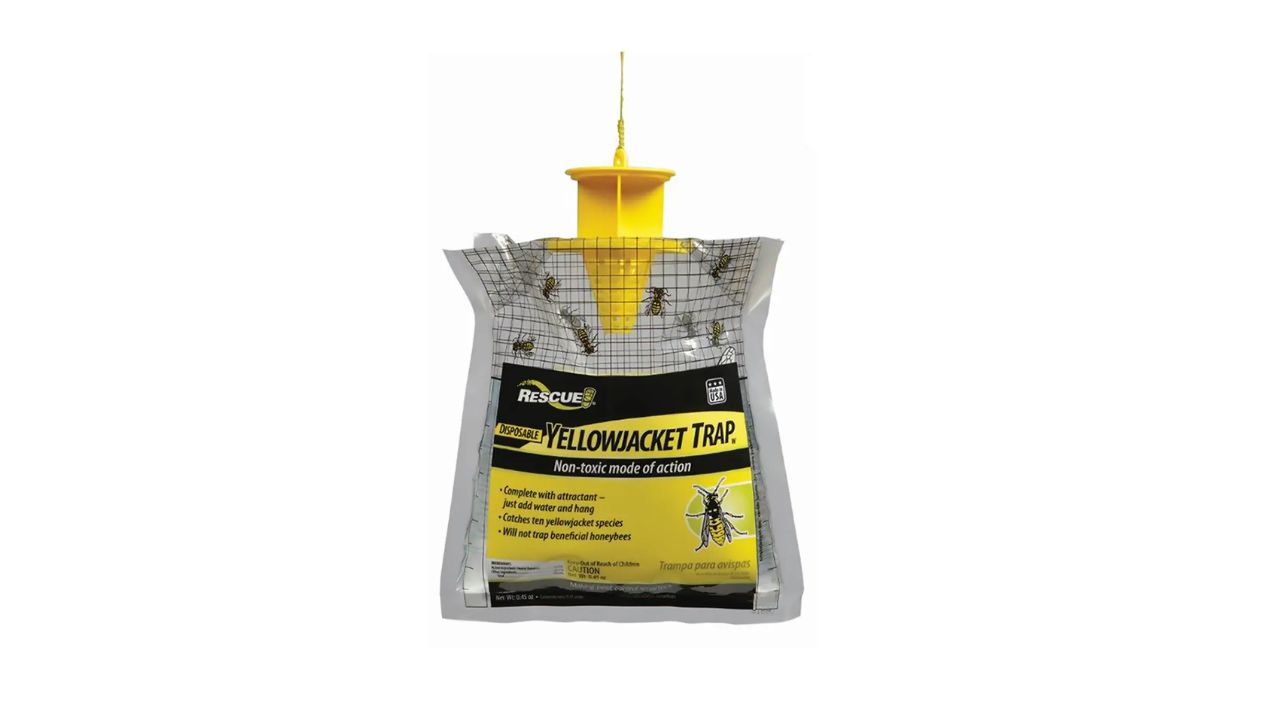
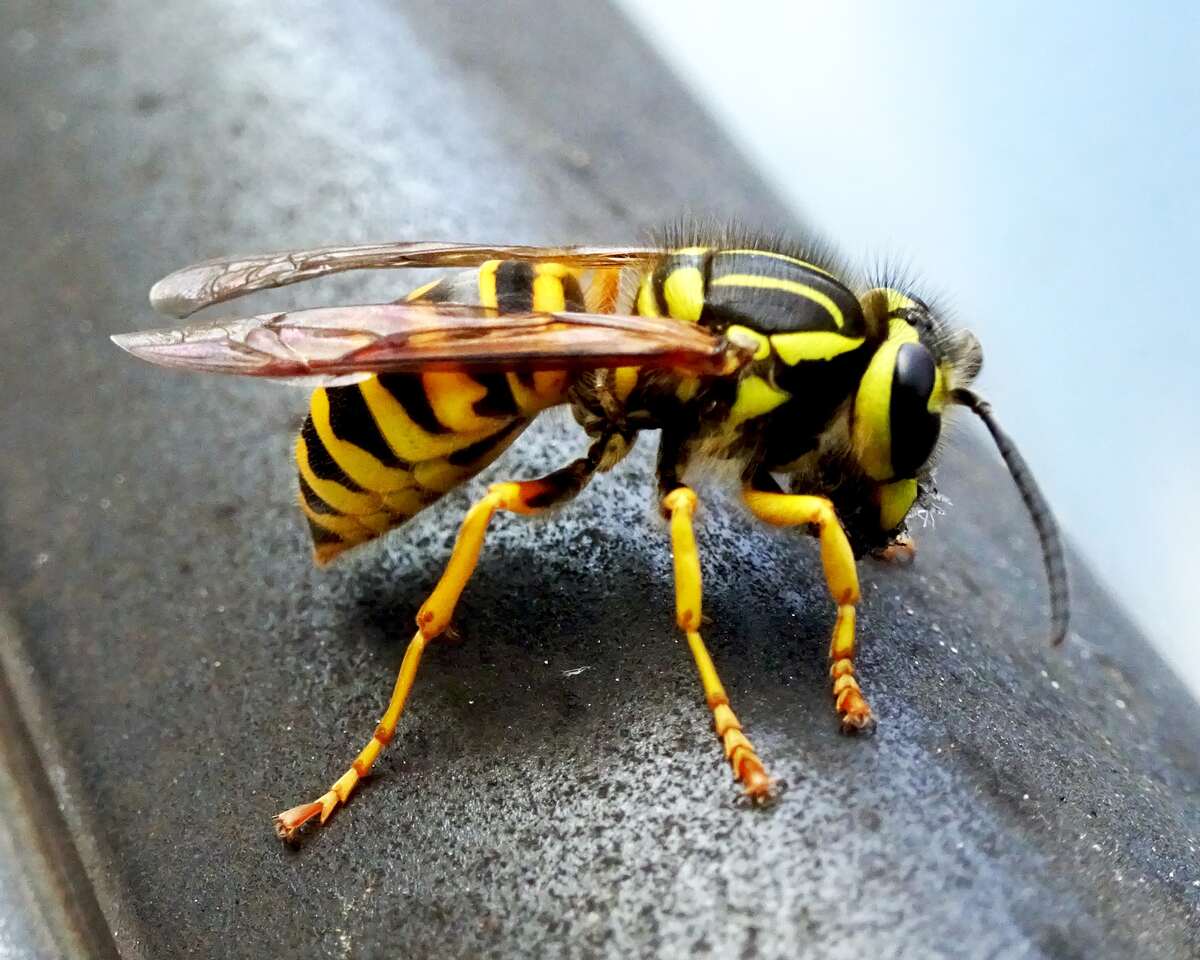
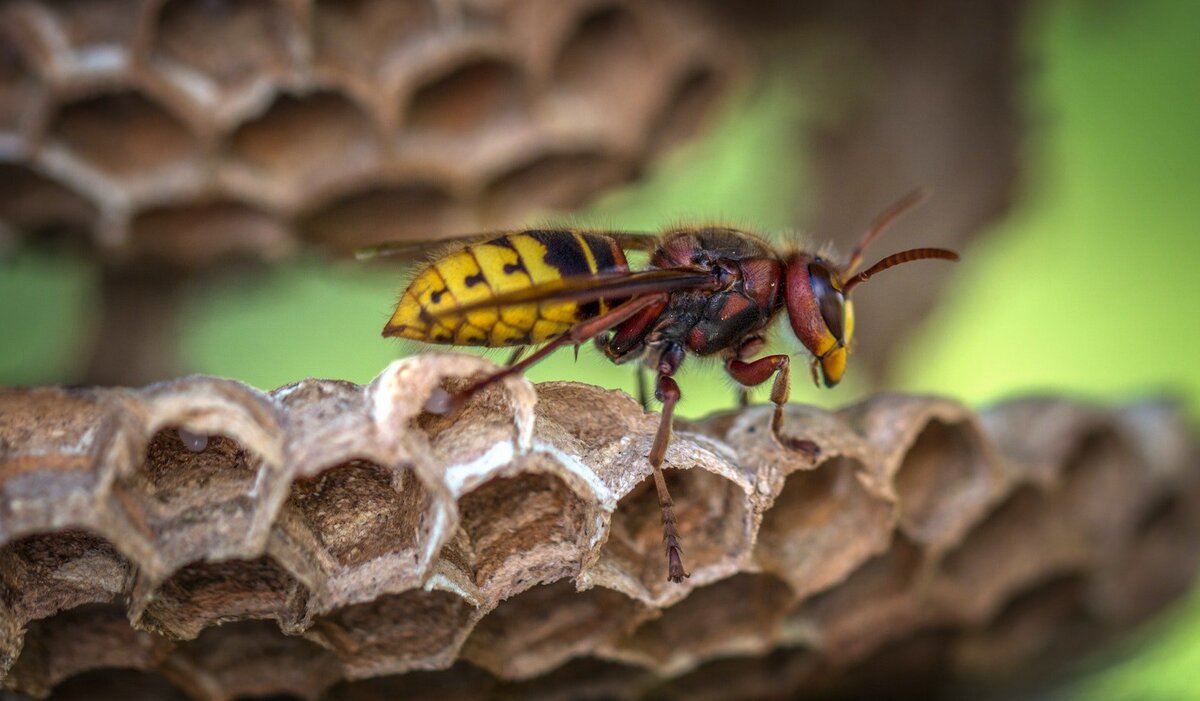
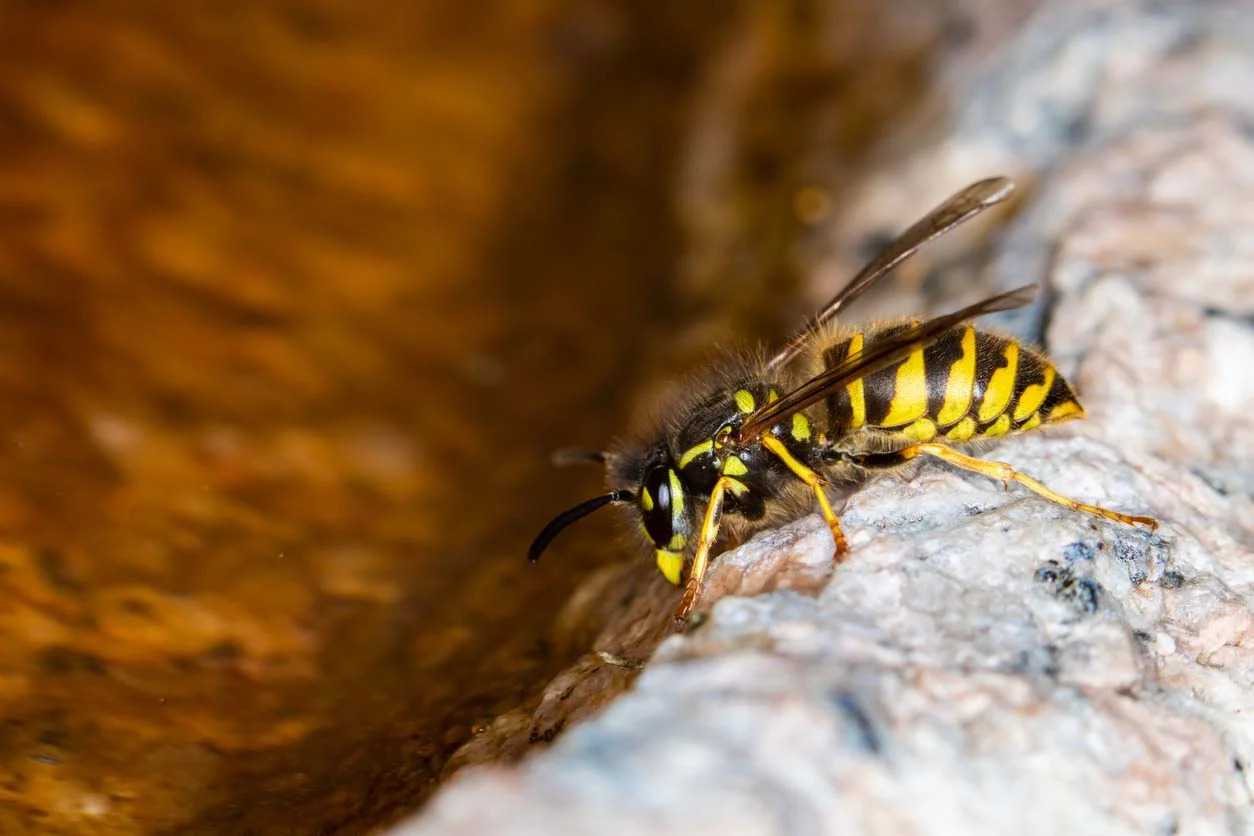
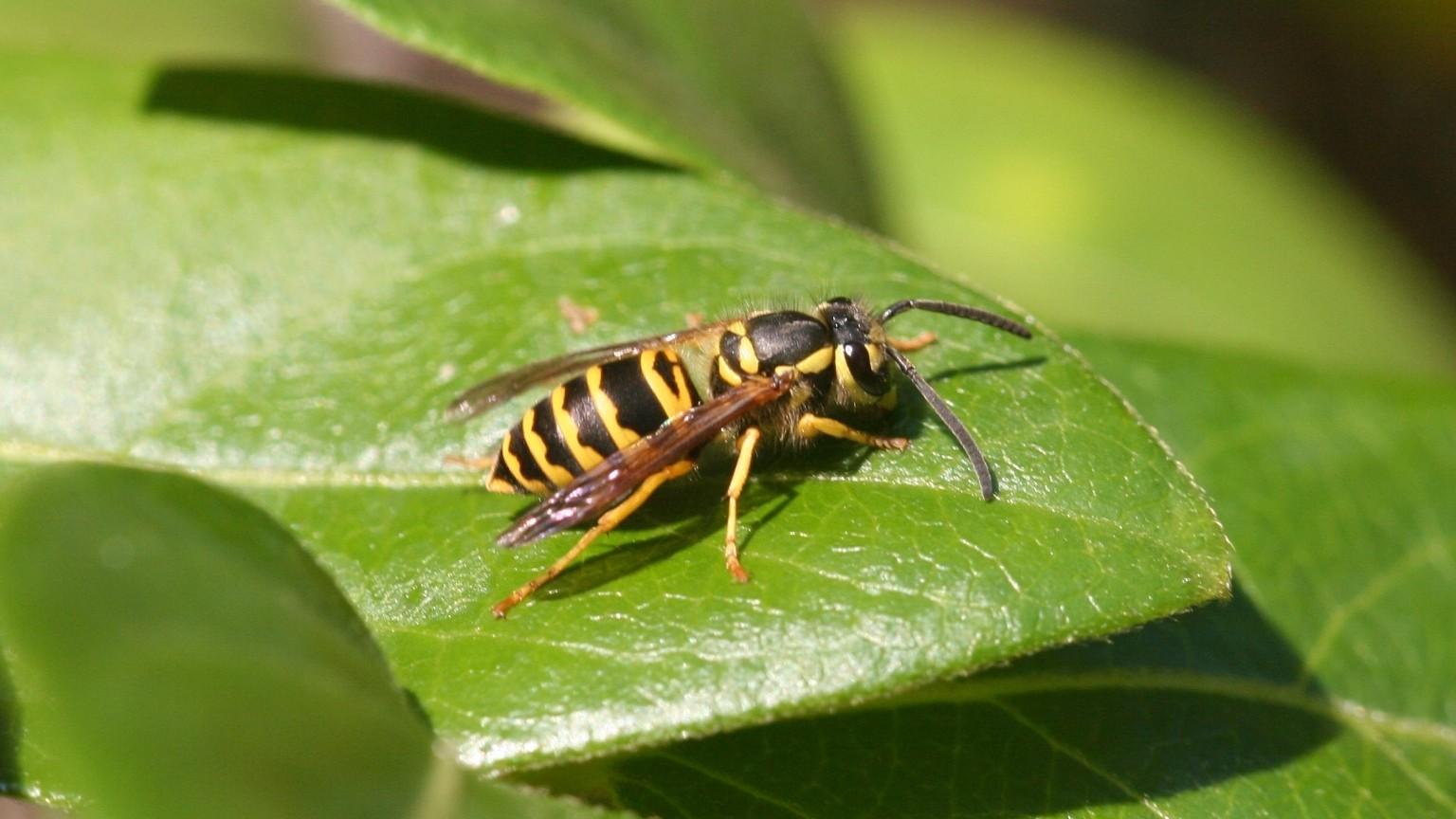
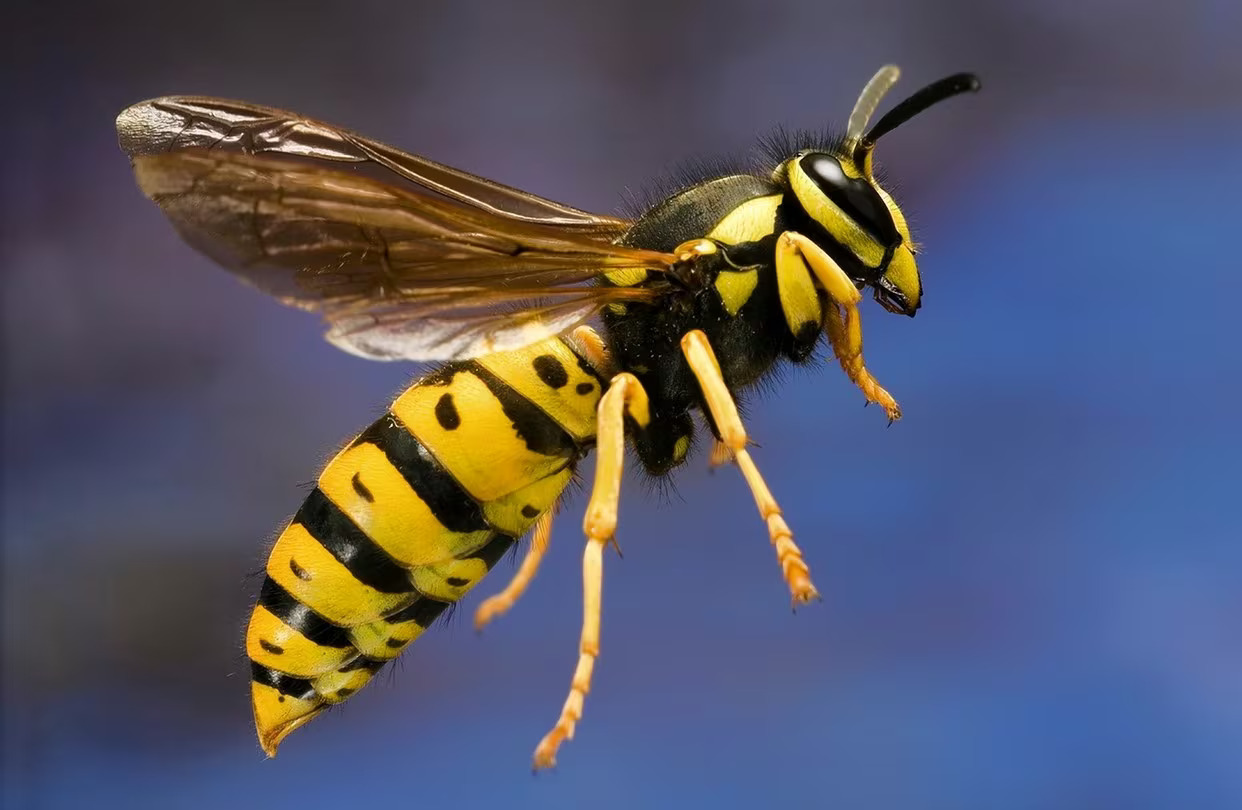
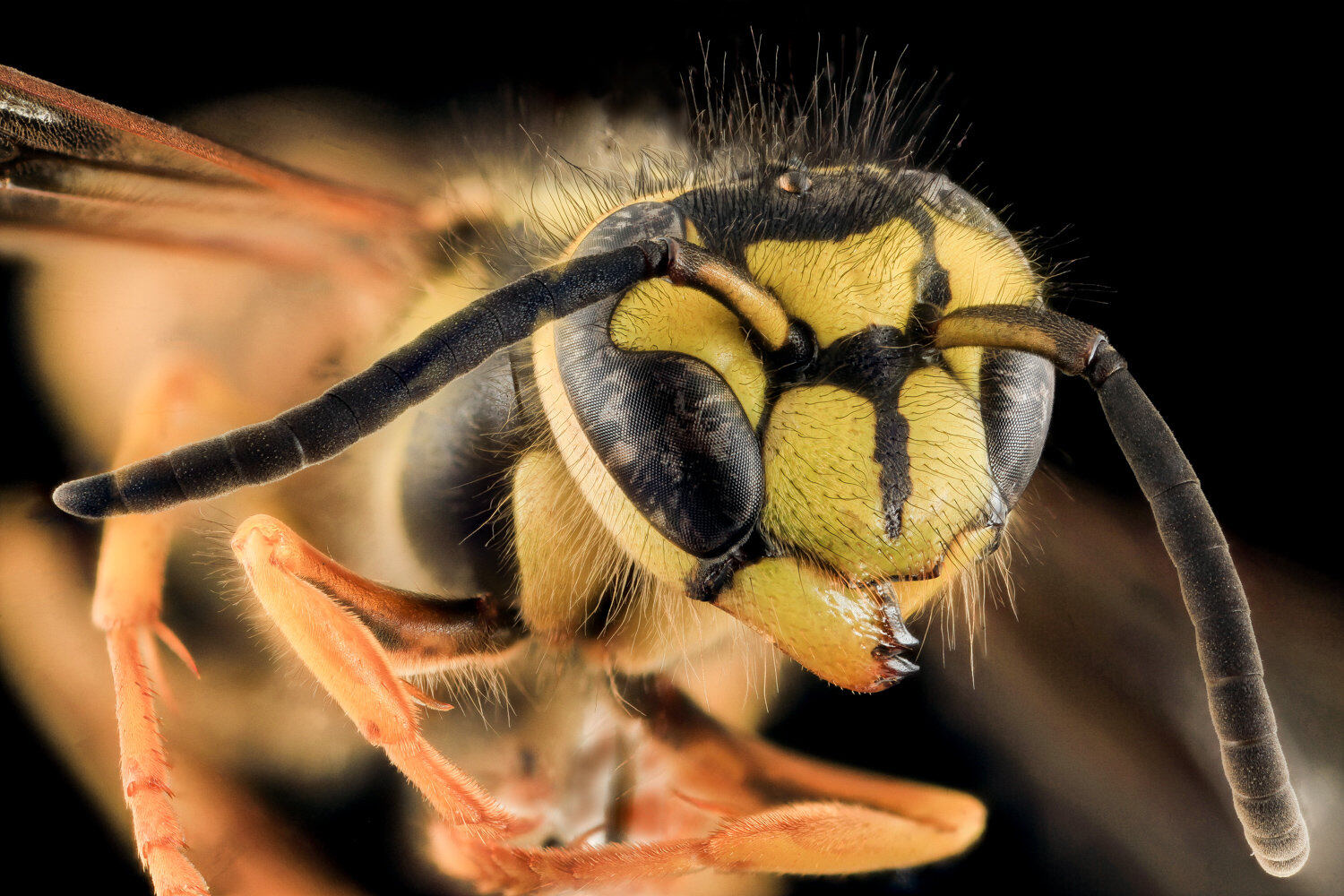
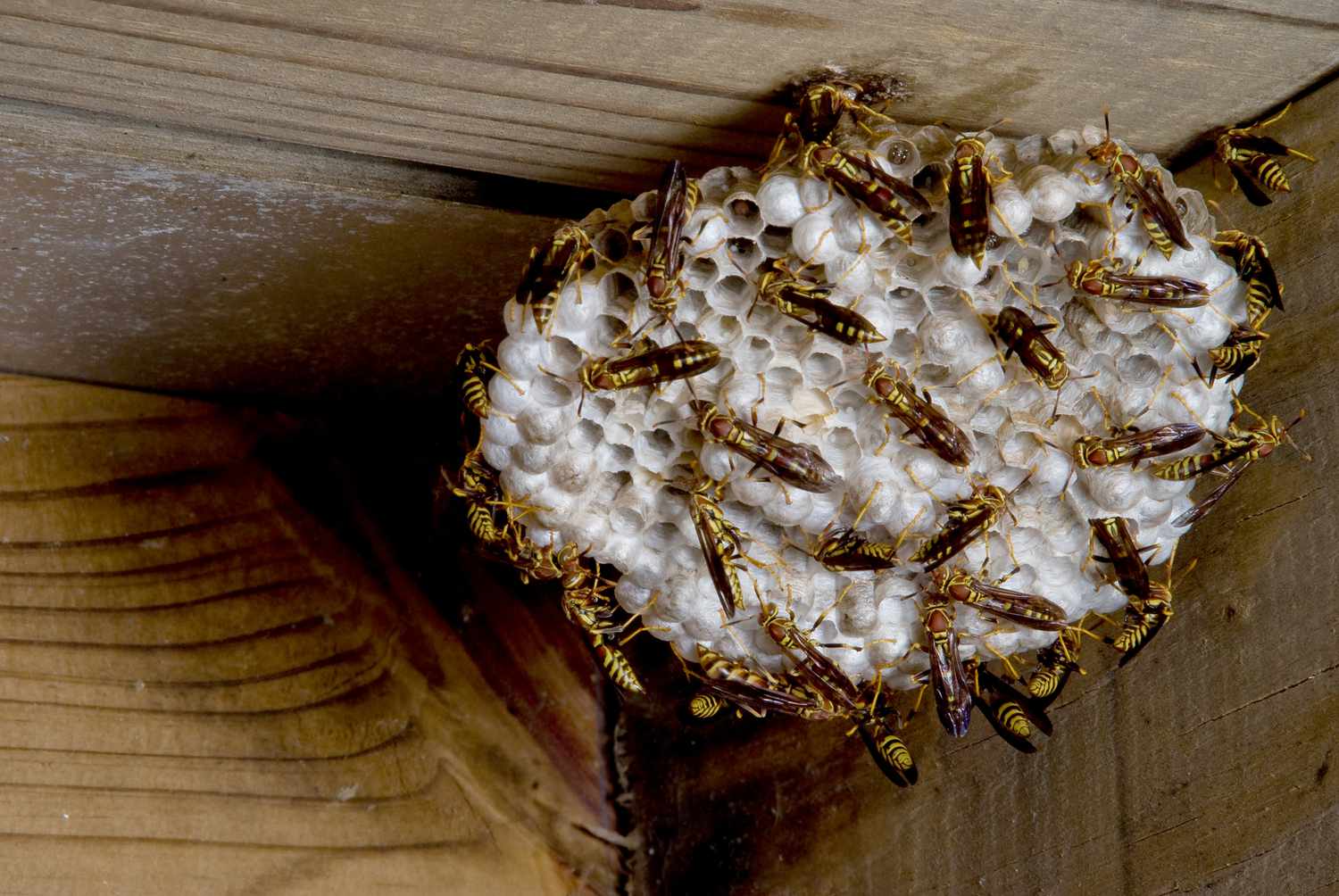
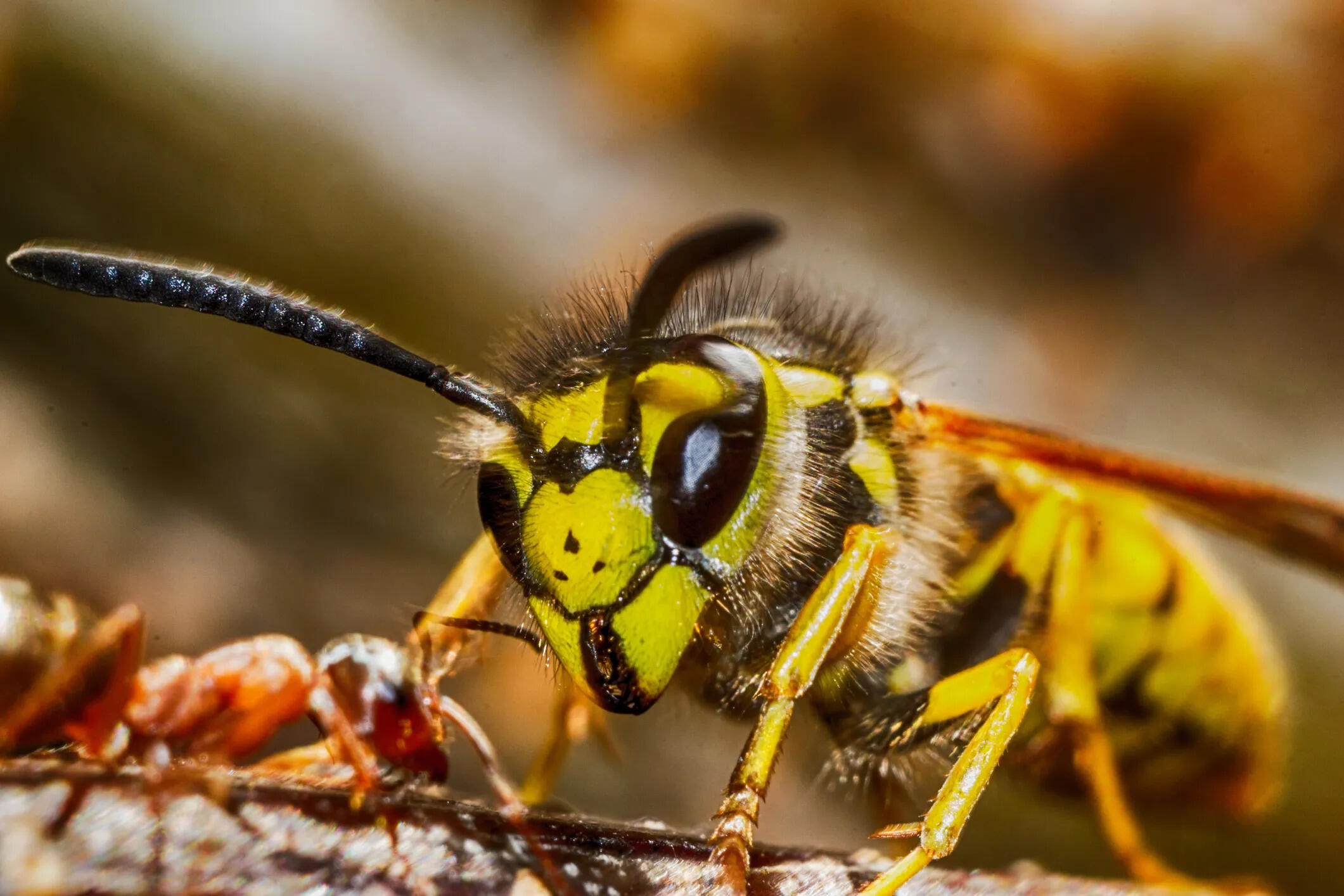
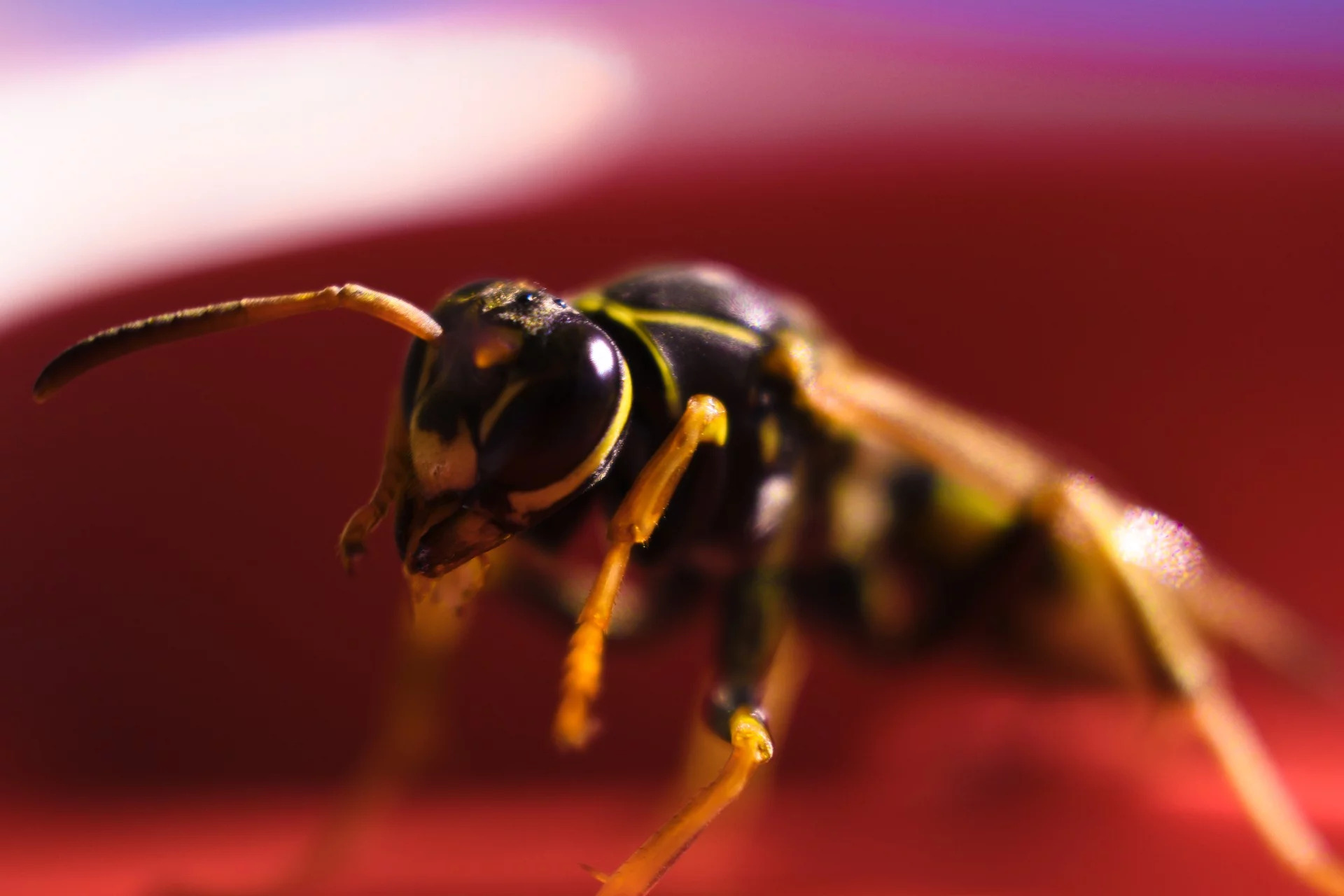
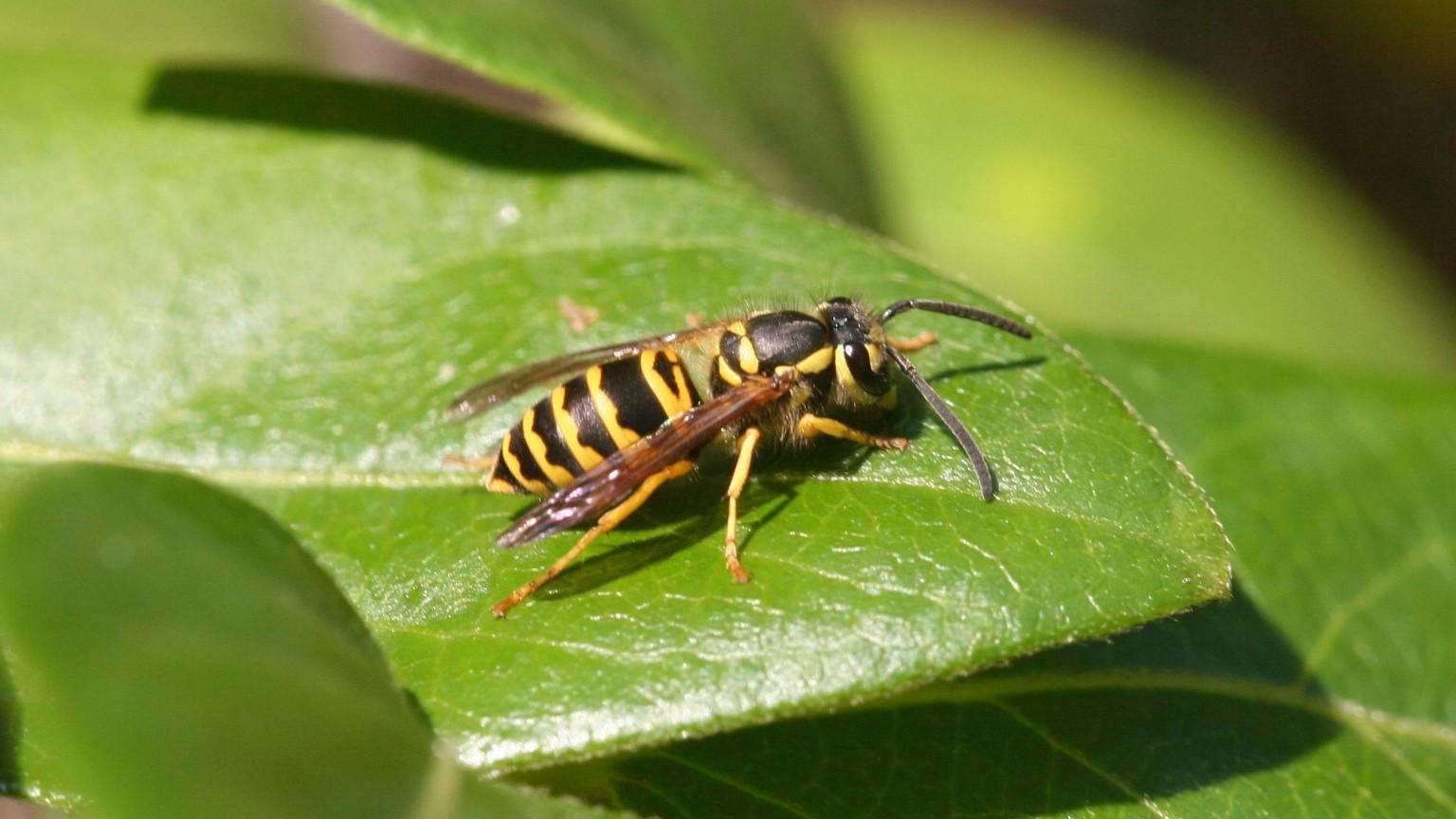
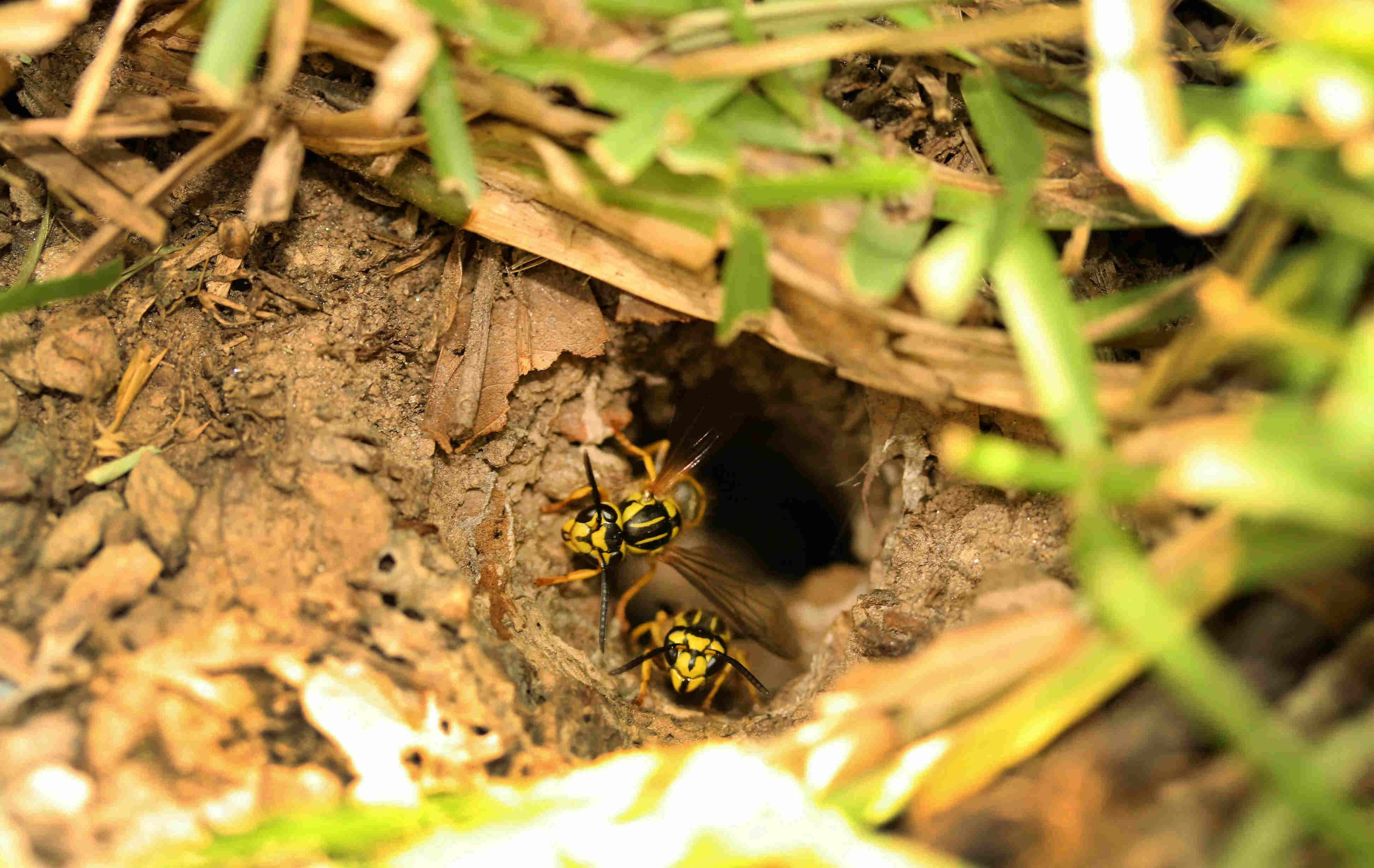

0 thoughts on “How To Keep Away Yellow Jackets”